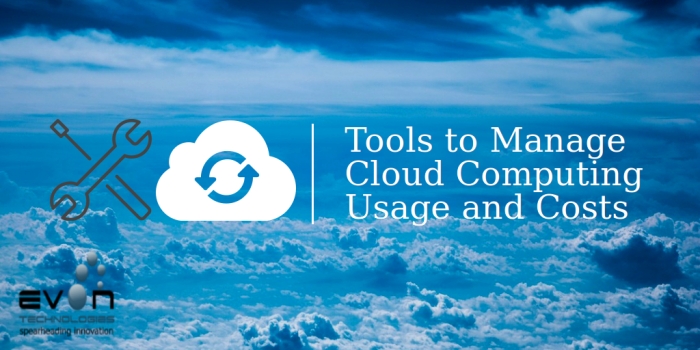HTML, an abbreviation of Hyper Text Markup Language, first came into existence in late 80s to help describe a document’s structure and to allow cross-linking of documents. HTML has evolved multiple times since then, and many developers worldwide use it to provide better, faster, more consistent user experiences for desktop and mobile visitors. HTML now enjoys the close association with two allies – CSS and JavaScript. CSS enhances the appearance of HTML by describing the way the document is supposed to look. JavaScript, on the other hand, makes HTML more interactive. However, in this blog we will focus on the benefits of using the latest versions of HTML standard and CSS for business purpose.
As more and more people now prefer smartphones or tablets over PCs to surf the internet, mobile friendly sites with good user experience have become the need of the hour. Paying heed to the current demands of rich media, cross device and mobile internet access requirements, the World Wide Web Consortium (W3C) in October 2014 published HTML 5, the fifth and the latest version of the HTML standard.
A Brief Introduction to HTML5
One of the biggest differences between HTML5 and previous versions of the HTML standard is that it provides one common interface to load elements in multiple browsers. Since the older versions of HTML require proprietary plugins and APIs, a web page that was built and tested in one browser may not load correctly in another browser. But same is not the case with HTML5, which completely obviates the need of installing a Flash plugin by allowing the element to run by itself.
HTML5 was designed keeping in mind cross-platform mobile application development. Besides, new syntactic features in HTML5, like video, audio and canvas tags, were specifically introduced to support multimedia on mobile devices. Offline storage is also one of the virtues of HTML5…read full blog here- Why to Use HTML5 and CSS3 for Your Business?



